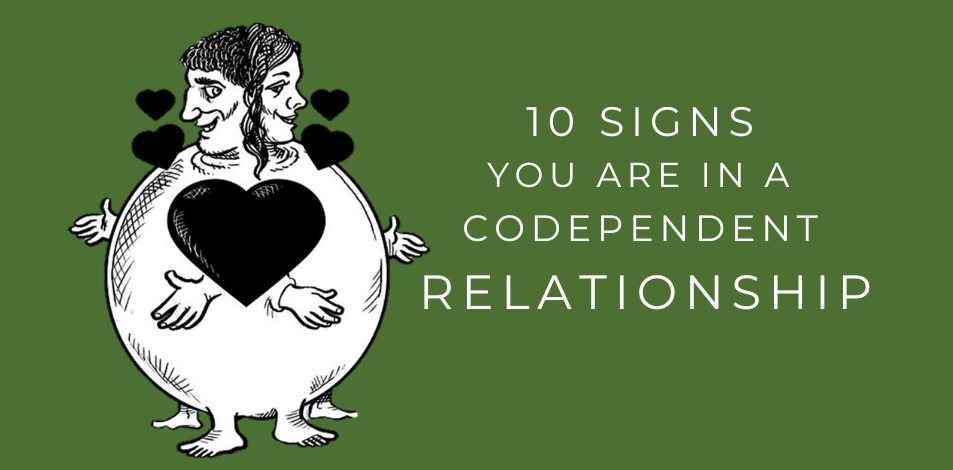

It’s no secret that cats and dogs have a history of incompatibility.
Families with both cats and dogs can experience problems ranging from mild irritation and small quarrels to attacking each other and serious injuries.
It is common for these fights to be noisy, violent, and frequent, hence the phrase “fighting like cats and dogs”.
Even our media is aware of the difficult relationship between these two species. Cartoons, pictures, and videos of cats and dogs fighting all over the internet.
Although it is normal for two animals in the home, especially of two separate species, to fight at times, excessive or out-of-control fighting can create fear and stress for any animal.
Fear can also be caused by the lack of proper introduction and interaction between animals at a young age.
The primary and most common reason cats and dogs fight is poor communication.
Although both are highly intelligent and expressive species, their communication methods differ greatly.
One of the most obvious signs of this misunderstanding is seen in the movement of the tail, which cats do primarily as a sign of aggression while dogs wag their tail when they are friendly or excited (not always though).
Another difference is that cats greet each other while walking with each other, winking slowly to indicate goodwill while dogs run with each other and avoid eye contact to appear friendly.
The sounds are also complex since cats purr when content and meow to communicate with humans, but dogs interpret purring as growling and they mainly bark or growl in negative situations.
These types of miscommunication can be a major contributor to fighting between cats and dogs, ultimately leading to fear and anxiety for either or both animals.
Why do dogs fear cats?
Dogs may fear cats because of negative past experiences where they often misinterpret a cat’s wagging tail or body language such as a cat staring at a dog as well as sounds such as purring that may be mistaken for growls.
Experiencing fear is a normal, instinctual reaction of an animal’s autonomic response system.
Fear is essential to survival. It allows the animal to understand any threats to its health or safety and to respond appropriately.
Although the average cat isn’t much of a threat to the average dog, the dog is probably afraid for good reason.
Fear of the unknown or fear as a result of a bad experience in the past are two of the most common types of fear, even in humans.
Fear of the unknown is seen mostly in puppies, who haven’t experienced much of the world yet, or adult dogs who unfortunately have not been fully socialized and may now experience anxiety in response to new stimuli.
Puppies are quick to adapt and recover from negative experiences more easily than adult dogs.
For this reason, puppies are the best time to introduce your dog to new things such as people, places, and other animals such as cats.
After seeing and interacting with a friendly cat a few times, unless there have been major accidents, your puppy will not get scared.
Older dogs who have never seen a cat are a mixed bag as far as the potential ease or hardship involved in desensitizing them.
Some older dogs may be excited and confident and not afraid of having their beloved owner nearby, while others may react with wariness, indifference, or even aggression.
Dog afraid of a kitten
If your dog is afraid of kittens, it is likely because he was not previously desensitized to them and out of fear of the cat’s skittish behavior or vocalizations.
To your dog, they’re weird and mysterious, they get into trouble and climb on everything.
Unless your dog has had bad cat experiences in the past, your dog will likely warm to the new cat within a few weeks.
Following the steps below to properly introduce your dog to a kitten can help both of them feel comfortable and build a healthy relationship in less time.
If you find that your dog is still afraid weeks later, or that the animals are not coping well, it may be best to seek the help of a professional.
Recommended reading: Introducing a puppy to a cat
How to make your dog not afraid of cats
A harmonious relationship where your dog is not afraid of your cat starts with the right introduction and gradual desensitization as well as conditioning a positive response.
What you should do in short:
Introduce your dog to pet-friendly cats outside your home
If you plan to add a cat to your family, make sure the cat is a kitten or at least a calm adult
Properly introduce your cat and dog (sniffing, supervised interaction, etc.)
Reward your dog for every positive interaction
Remove your dog if she gets nervous
One of the most common scenarios is after getting a new puppy and wanting to make sure he won’t be afraid of cats in the future.
First and most importantly, you should start exposing your puppy to dog-friendly, well-behaved cats or even cats as soon as you bring him home.
This should be done several times, lasting at least a few minutes each time, and, if possible, avoiding conflict.
Most puppies love cats, and their first instinct is to jump, bark, or try to play.
After they have met a couple of times, your puppy will have no fear of cats because they have gotten familiar with them.
Get the right introduction!
In scenarios involving both cats and dogs in your home, the most important interaction will be the initial introduction.
This process should be done in slow steps consisting of at least four steps:
Separation
Introduction restricted
Moderated interactions
Uncontrolled interactions
The weeks and months during which these initial interactions occur will be the foundation for the relationship you will have for the rest of their lives.
It is only important to move at a pace that is comfortable for both cat and dog and, if necessary, return to the previous step until all parties feel comfortable moving forward.
In the first phase, both the cat and the dog will be in the house, but they will still be separated on a rotating basis.
This will allow both the cat and the dog to become familiar with each other’s scents, sounds, and interactions with family members.
You will know that the animals are ready for a face-to-face encounter after the initial excitement wears off and that both animals are calm and content; Eat, drink and act normally.
However, if your dog seems obsessed with reaching for your cat, digging at the barrier, or barking incessantly, you may need the help of a professional trainer to safely introduce the two animals.
The second step to introducing your cat and dog is to allow the animals in the same room while keeping the dog on a leash.
Animals should be encouraged to interact with each other without being overly excited or aggressive.
These restricted interactions should continue until the dog calms down and ignores the cat, and the cat is calm, eating, and using the litter box normally.
If any animal shows any signs of fear or aggression, you should go back to the previous step until both animals appear comfortable.
Remember that animals must be kept separately confined while you are away from home to prevent unsupervised interactions.
For the third stage of introduction, you should bring your cat and dog into the same space and allow them to interact freely.
It is important to keep an eye on your animals and be ready to step in if you need to, without going over them.
Your pets must learn how to share the same space and harmony without being constantly at your side.
They will learn what the other animal is feeling, how to interact without causing conflict, and even how to deal appropriately with any conflicts that may arise.
The fourth and least practical step in the process is to simply allow your animals to interact without your supervision.
This step should only happen when your supervised dog and cat have interacted without problems for an extended period.
You must feel certain that no animal will be able to seriously harm the other, and that, in the end, they will get along.
How should I act when my dog is afraid?
It is important to understand that fear is a natural, instinctive response to things in your dog’s environment.
Just because you think your dog shouldn’t be afraid of something doesn’t mean he’ll see it that way.
The best way to respond to your dog’s fears is to calmly remove him from the situation without acknowledging it.
You should not try to comfort your dog, yell or snap at him, or encourage him to interact with the source of his fear.
After you remove your dog from the situation, you can handle him as normal and refocus his attention.
After you have identified the source(s) of your dog’s fear, you should work with him to turn similar situations into positive experiences through training, using a dog trainer if necessary.
My cat is bullying my dog
The most common reason a cat starts bullying another animal in the household is that he now feels like he has to compete for territory, food, and/or attention.
There are a few things you can do to discourage your cat’s behavior, effectively reduce, or even eliminate bullying.
First, you should never get physically involved in a fight—physical punishment will damage your relationship with your cat, and you will likely get hurt in the process.
Avoid these situations and calmly interrupt any brooding struggle.
It is important to help your dog by providing a safe space for him to fall back on any bullying and to discourage him strongly.
Other tips include providing both animals with plenty of attention and resources, avoiding altering their environment, reducing their stress, and calming aids such as pheromones.
In some cases, you may be able to modify your cat’s behavior with treats or toys, but in more difficult scenarios, a behavioral specialist may be needed to prevent your cat from bullying.
How long does it take for a dog to get used to a cat?
Since each animal is an individual and can react differently, it can be difficult to know how long it will take for your dog to get used to a cat.
Sometimes it only takes a few days for the animals to start settling in, but instead, there are cases where the dog never gets used to the cat.
The “dating” process usually takes two to three weeks, but it can take several weeks after that for the animals to get along.
You must carefully monitor your pets’ behavior and interactions throughout their lives to gauge how comfortable they are with one another, and whether or not their relationship appears healthy.




